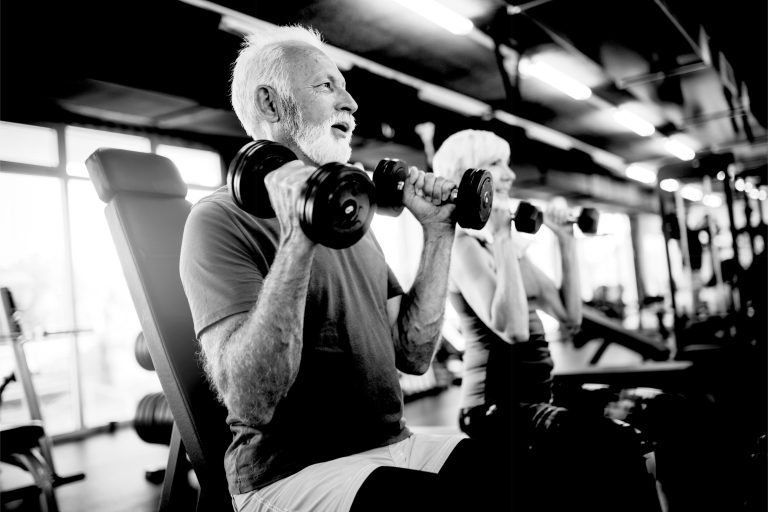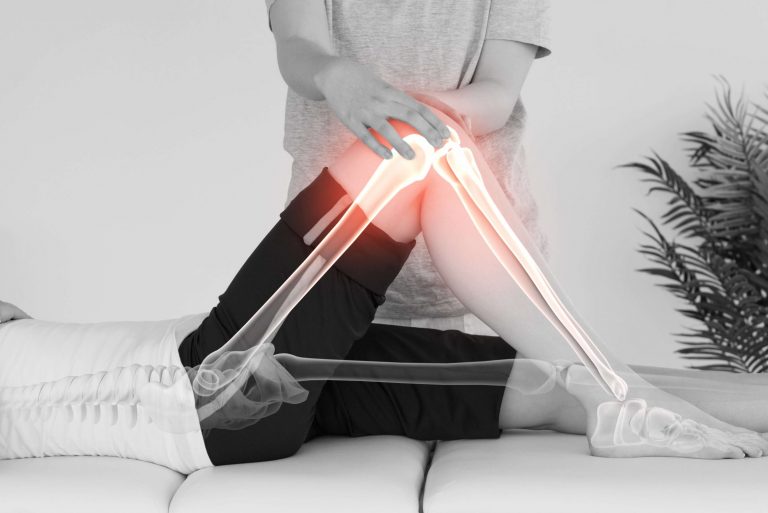“How long will it be until my ___________ heals?”
“How many visits will I need until I’m fully recovered and can go back to _____________?”
Physical therapists are asked questions like these every day, and too often their clients leave the clinic without a clear answer to their question. The truth is it’s not always easy to answer these questions accurately because healing and recovery time depend on many factors, such as the type and severity of injury, when the injury occurred, and the client’s age, activity levels, and previous level of function, to name a few.
In order to understand what it will take for someone to safely and comfortably resume their normal lifestyle after an injury, it’s important for patients/clients to first understand the difference between “healing” and “recovery”.
The terms “healing” and “recovery” are often used interchangeably when discussing injury rehabilitation, and while the concepts are closely related, they also refer to two very different processes. In this post we’ll briefly define healing and recovery and discuss how both are an integral part of any rehab program.
Healing
Healing is medically defined as the body’s natural process of repairing damage or fighting disease. While some steps can be taken to enhance this process (see below), healing is often limited by the “time” factor. We simply cannot control he amount of time it takes for our body to repair itself. The healing process is only complete when the damaged tissue (muscle, tendon, bone) has been repaired or the body is clear of infection.
In our next post we’ll dive further into the science of tissue healing, but for this discussion we’ll use the example of a tennis player with a mild calf strain. Following their injury, the athlete may experience calf pain, tightness, weakness, and difficulty running, jumping, or even walking. One week later, the symptoms have subsided and the tennis player decides that they’ve healed and it’s time to get back on the court. Their injury may have “healed”, but have they truly “recovered”?
Recovery
Recovery occurs when someone is able to fully return to their prior level of function, meaning that they can perform their sport, job, or hobby without any limitations. True recovery is a complex process that not only requires proper physical preparation, but also involves emotional and psychological factors as well.
Returning to our previous example, our athlete has been able to resume playing tennis. They’re no longer having any pain or tightness in their calf, but they notice that they move a little slower when approaching the net. They also notice that they don’t feel as confident when lunging toward a ball away from their injured side. While their body has “healed” the calf strain, the player has not yet “recovered” and returned to their previous level of play. This is where a comprehensive physical therapy evaluation and plan come in handy.
What can I do to make sure that I heal and recover as fast as possible?
As stated previously, nothing can be done to “speed up” the body’s natural healing process. However, it’s important to make sure that this process is not slowed down by both internal and external variables. Traditionally, healthcare practitioners have promoted the RICE method for acute injuries, which we won’t discuss in depth here. For those who don’t know, RICE is an acronym for:
Rest – avoiding activities that cause pain or inflammation
Ice – to reduce excess inflammation
Compression – to decrease swelling in the injured area
Elevation – also to decrease swelling
Recently, more clinicians are also realizing the value of a 5th letter: M. “M” stands for movement, and proper movement may be the best way to help the body heal in a timely manner.
Movement helps ensure that the body heals efficiently by improving blood flow, which brings fresh oxygen to the injured area and helps remove harmful waste products. Movement also promotes chemical changes in the body that enhance the tissue healing process. The best way for someone to learn the movements that will help them heal are by visiting a “movement expert”, or physical therapist.
Once healing has begun, those who are injured can start focusing on what is required to fully recover. Physical therapists will evaluate an injury and develop a treatment plan based on the mobility and strength deficits they find. Physical therapists understand the importance of gradual and appropriate tissue loading to promote recovery, and will help clients retrain their movement patterns to prevent further injury and confidently return to their previous activities.
In the end, rather than question “how long” it will take to heal or recover, people should focus more on “what steps do I need to take” to accomplish these goals and get back to living the life that they love.




